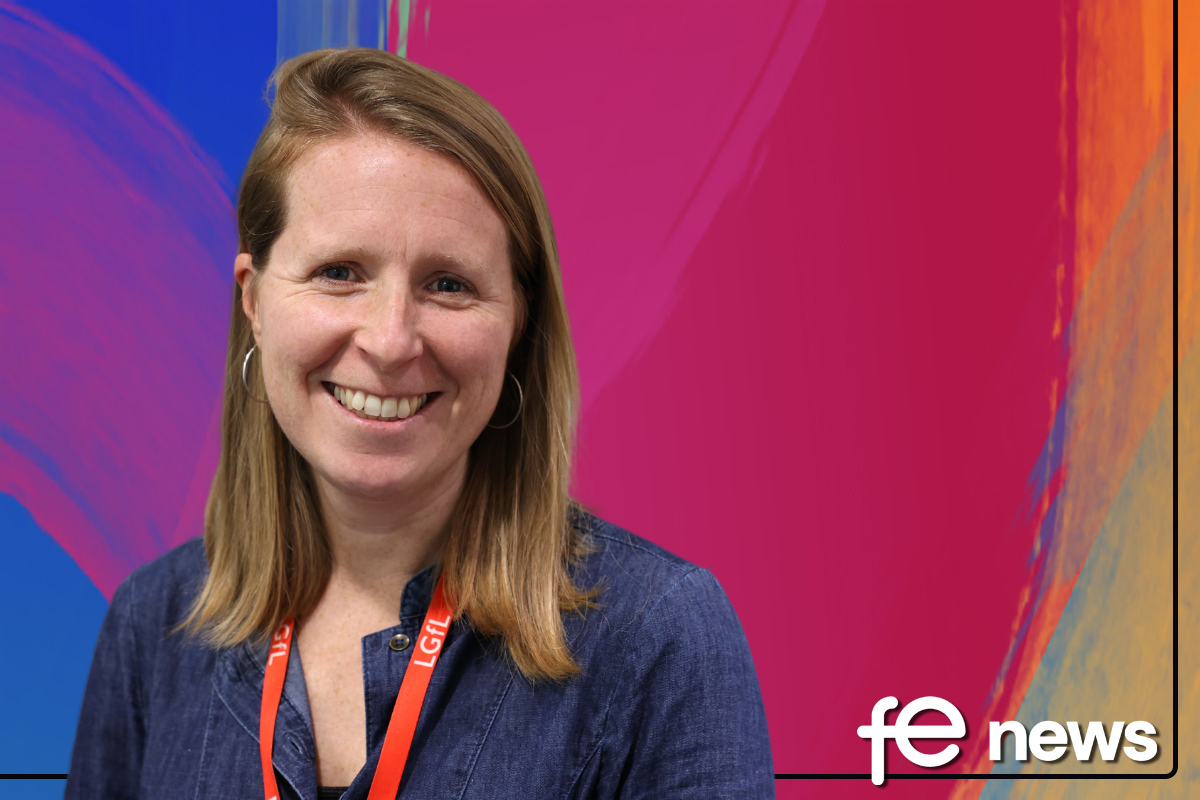Making Digital Literacy Measurable and Attainable

By helping further education colleges to prepare students for their future careers in industry, we’re addressing an issue high on the agenda for academia and industry alike: the UK skills gap. Some of our customers tell us that it’s it not just a gap, but a fundamental mismatch – and that it’s crucial to understand where the discrepancies between the needs of employers and the skills of students lie.
Far and away, the greatest issue that employers report when talking about skills is digital literacy – and the lack of college graduates able to use the industry-standard technology required in the the working world. The pace of technology development in industry is astounding, and if we don’t help students acquire adequate digital skills in the classroom, we are limiting their chances in the world of work.
Our customers are on a mission to improve digital literacy – and they’re not alone. The government tells us that internet skills form a key part of digital inclusion, and asks schools, colleges and universities to prioritise tech training. But, at present, few measures have been developed that examine these skills within a wider framework. “Digital literacy” is conceptual, and it’s hard to make links between individuals’ skills, engagement with online services and activities, and the tangible outcomes of this engagement.
For the Career Colleges Trust – a Canvas customer – a focus on this more holistic view led to a search for a framework that is capable of measuring which skills people have, how these skills can be improved and how they will subsequently benefit specific aspects of working life.
Sam Blyth – Director of Further Education, Canvas
Case study – Career Colleges Trust
Borne out of trying to make the concept of digital literacy more tangible and measurable is our digital literacy framework, which outlines the skills that every young person should have to enter employment. Instead of operating in an academic vacuum, our framework was designed with employers—on a simple level, ascertaining what “digital literacy” means to them—and we provide it as a guide to all of our career colleges on how to ready their students for work.
Delivered online, using Canvas, our framework, which is currently in development, will provide checks and measures for specific digital skills required in various industries, and more generally in the world of work. It’s a kickstarter for colleges to support online learning and introduces digital collaboration between students, teachers and businesses. And importantly, it starts to make the concept of digital literacy more tangible.
As well as understanding the digital technology that relates to their vocational specialism, it’s also important for students to have the digital know-how needed for everyday life, for example: using websites for financial transactions; using a range of software, tools and apps to communicate, collaborate and connect; avoiding scams and understanding how businesses can communicate with customers. Key also is helping students to navigate the abundance of information online and to filter and use pertinent content. The digital literacy programme we are developing will also emphasise these crucial skills, ensuring students are confident inhabitants of the digital world.
Teaching the Teachers
Using technology to teach digital literacy is not without its challenges. It’s natural that lecturers or college management feel hesitant to use technology if they’re not as comfortable with it as their students. To address this, we provide all of our continuing professional development (CPD) courses for teachers online, using Canvas. This approach immerses teachers in a digital learning environment in a natural and low-pressure way, familiarising them with the process and the benefits of using technology at work.
Training the teachers on the digital literacy framework is key, and they must also be taught digital skills if they lack confidence or knowledge. We address this need by giving our colleges time to train and to explore. Learning digital skills is often a self-directed activity, and engaging with tools by testing and investigating their capabilities is crucial in becoming an enthusiastic proponent of technology.
This is clearly just a starting point, but it’s a solid one. As our students well know, technology is all around us, transforming the way we live, work and do business, and it’s vital that learners are equipped with the digital skills they need to get a headstart in their careers. And, to provide tangible and useful digital literacy training, colleges must look to a flexible framework which measures how skills are developed and what they mean beyond the classroom.
Beverley Jones – Director of Operations, Career Colleges Trust












Responses